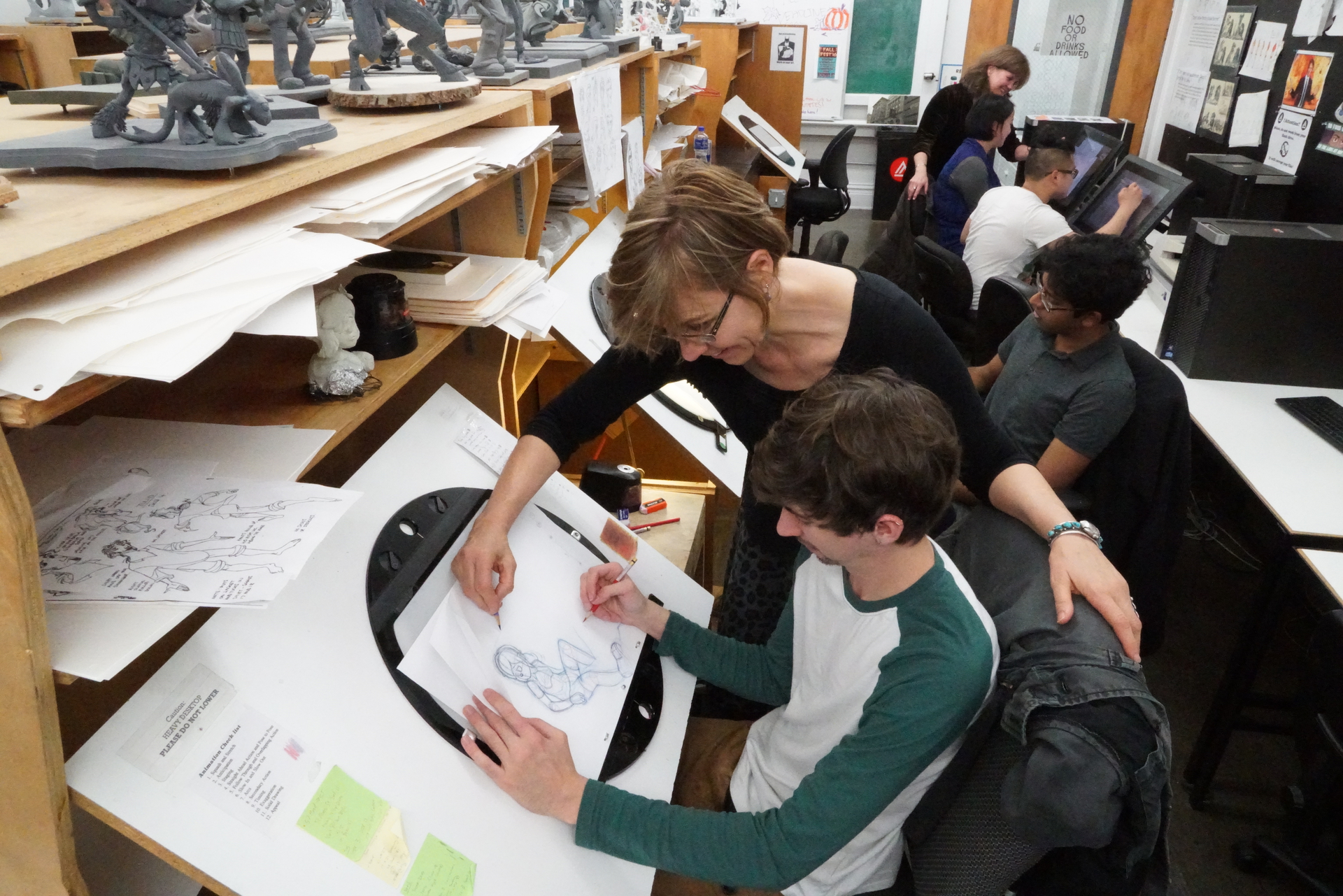What Jobs Are Found In Animation?
There are so many professions in the world of animation! To help you understand them better, we’ve created a short guide with descriptions of key roles in the context of classic 2D animation.
The production process (or pipeline) for 2D animation includes five major stages: development, pre-production, production, post-production, and monetization. Let’s dive into each one and discover who does what!
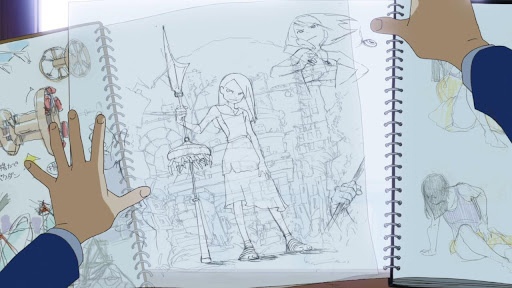
Professions in Animation
Development
The development stage is where ideas are born. Here, the concept is prepared, and its potential and marketability are assessed. The professionals involved at this stage include the producer, screenwriter, director, art director, creative producer, and IT specialists.
The Executive Producer oversees the project from beginning to end, starting with finding the right idea. Later, they’ll handle budgeting, deadlines, and securing funding.
The Screenwriter writes the initial script and refines the storyline. Large projects may have a team, with one person creating the synopsis, another writing dialogue, and another working on world-building.

The Director decides how to visualize the script, creates a rough storyboard, and sets technical requirements for the visuals.
The Art Director establishes the style of the animation and draws the first concept art, setting the tone for the entire visual component.
The Creative Producer leads the creative team, keeps the production on schedule and within budget, and takes part in the creative process at every stage.
IT Specialists support the technical aspects of the project. The System Administrator maintains studio hardware and networks, the General IT Specialist takes care of software setup, and the Technical Animator develops systems to integrate software, creates plugins, and enhances visual effects.

Pre-production
In pre-production, the script is finalized, the style is refined, and a storyboard is created to visualize the entire story. This stage is critical for ensuring smooth production.
The Executive Producer is responsible for overseeing this stage, managing the budget and deadlines, assessing risks, and motivating the team.
Concept Artists work under the art director’s guidance to define the style and create concept art for characters, backgrounds, and environments.
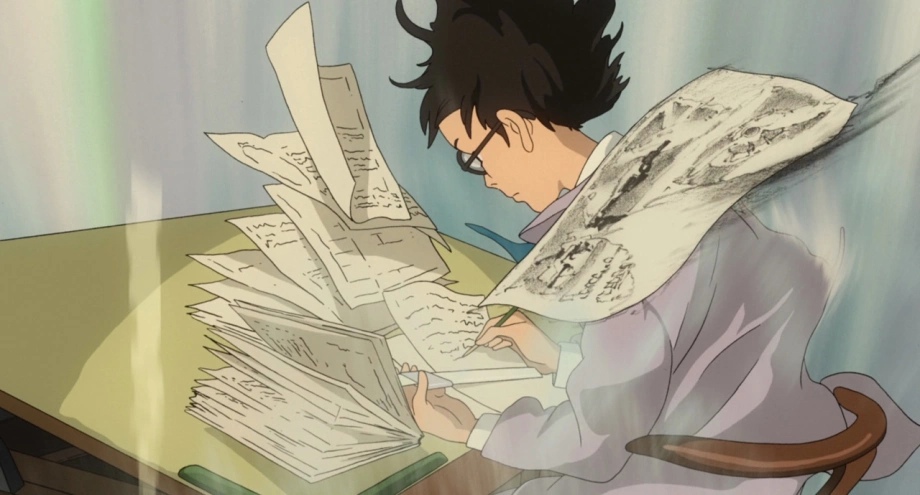
The Storyboard Artist draws the storyboard to visually represent the story. Storyboarding enables the team to see the entire story and helps determine camera angles, expressive poses, and dynamic shots.
The Sound Director and Voice Actors work on the initial sound, music, and dialogue during storyboarding, allowing animators to sync character movements with the audio track.
Background and Character Artists develop detailed model sheets for characters and design backgrounds.
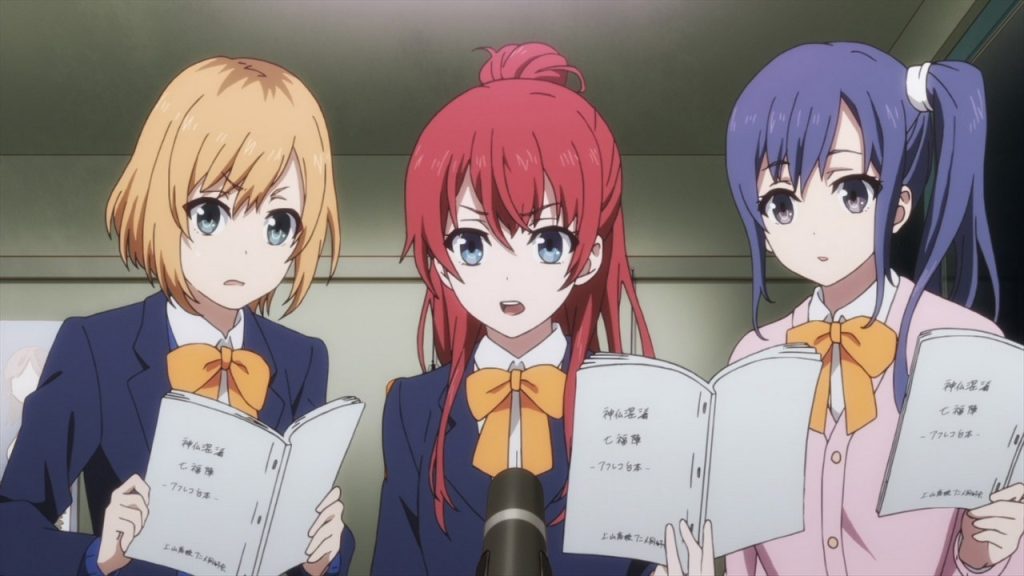
Production
Production is the main and longest stage, during which the animation begins to take its final visual form.
Layout Artists use the storyboard as a guide to create final designs for characters, objects, and backgrounds for each scene.
Animators are divided into those who create keyframes (typically senior animators) and those who draw in-between frames. There are also VFX animators who add 2D effects like smoke, water, and natural phenomena.
Colorists fill in the outlines of the characters with color and prepare them for the final assembly, which leads to the post-production stage.
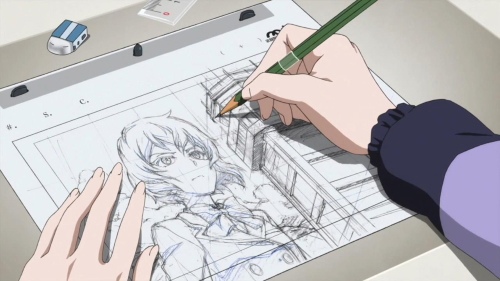
Post-production
Post-production is all about preparing the animation for release.
The Sound Director completes the sound design, adding effects, music, and ambient sounds to set the right tone.
The Editor compiles all the scenes into a cohesive story, assembling a dynamic narrative.
The Compositor brings together the visual elements, adding effects, making color corrections, and adding finishing touches to create a polished final product.
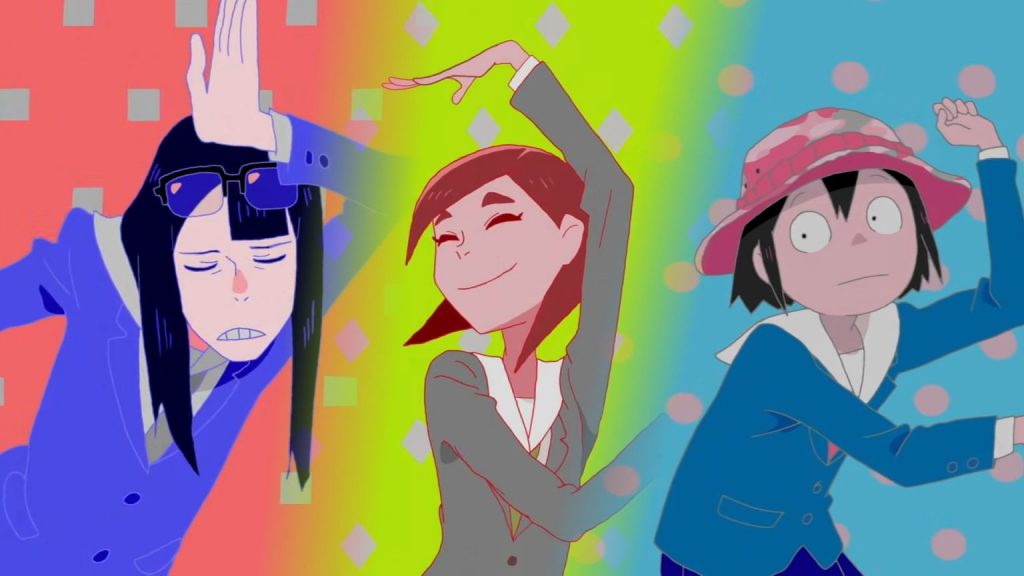
Monetization
Once the animation is finished, the project is handed over to marketing and production teams to promote it and generate revenue.
It’s important to remember that creating an animated film is a collaborative effort that involves not just artists but also accountants, legal experts, and even chefs when there’s an in-studio cafeteria. After all, good food boosts morale and productivity!
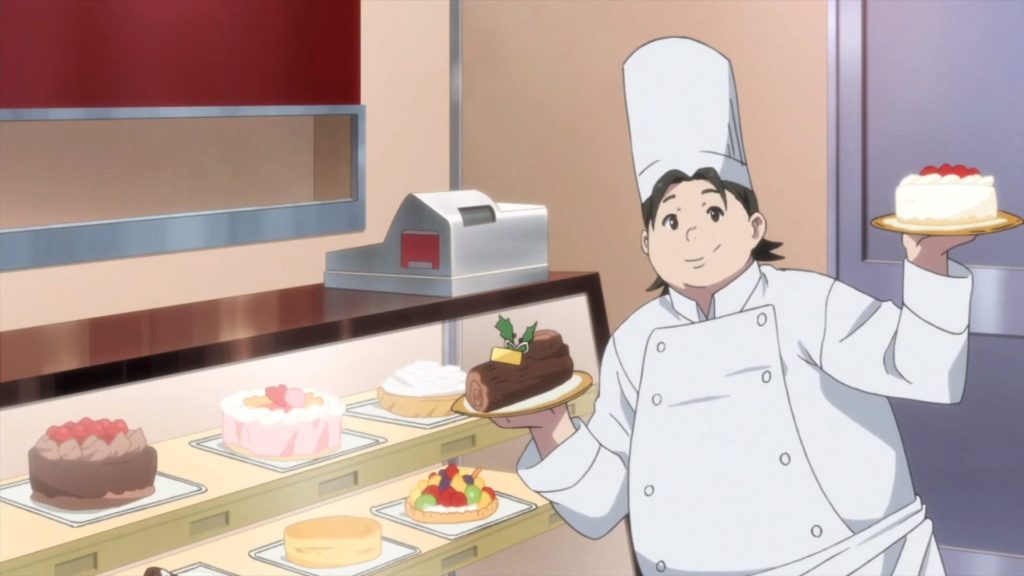
This is the world of animation, where every profession plays a vital role in bringing animated stories to life, creating something truly magical and unique!
Want to find the unique role for you in the animation industry? Take one of our course to get started on your journey.



